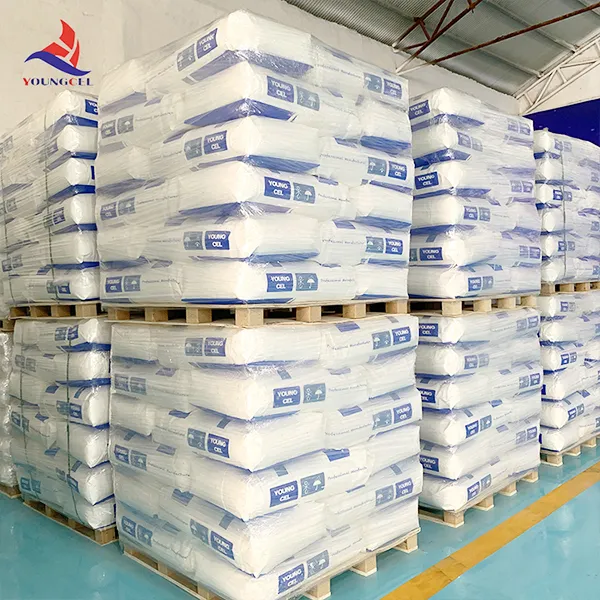Exploring the World of Ceramic Adhesives Applications and Innovations
Ceramic adhesives are specialized bonding agents designed to adhere ceramic materials to a variety of substrates. These adhesives play a crucial role in numerous industries, including construction, aerospace, automotive, art, and pottery. The unique properties of ceramic adhesives, such as their strength, temperature resistance, and durability, make them essential in applications where traditional adhesives may fail.
Understanding Ceramic Adhesives
Ceramic adhesives are typically formulated from a combination of polymers and ceramic materials that provide enhanced performance characteristics. One of the most significant advantages of ceramic adhesives is their ability to withstand extreme temperatures and harsh environments. For instance, in the aerospace industry, where components are often subjected to high heat and pressure, ceramic adhesives ensure that materials remain bonded without degrading. Likewise, in the automotive sector, ceramic adhesives are utilized to secure parts that must endure high temperatures, vibrations, and exposure to various chemicals.
Types of Ceramic Adhesives
There are several types of ceramic adhesives available on the market, each formulated for specific applications. The most common types include epoxy-based adhesives, silicate-based ceramics, and silicone adhesives.
1. Epoxy-based Adhesives Known for their exceptional bonding strength and resistance to water and chemicals, epoxy adhesives are widely used in various applications. They are ideal for structural bonding in ceramics and can be formulated to withstand thermal cycling and mechanical stress.
2. Silicate-based Ceramics These adhesives are typically used for applications where higher temperatures are expected. Silicate-based adhesives can be formulated to maintain their integrity and bond strength at temperatures that would compromise many other types of adhesives.
3. Silicone Adhesives While they may not provide the same level of strength as epoxy or silicate adhesives, silicone adhesives are highly flexible and offer excellent resistance to extreme temperatures, making them suitable for applications such as sealing ceramics in outdoor environments.
ceramic adhesives

Applications of Ceramic Adhesives
The versatility of ceramic adhesives allows them to be used in a wide range of applications
. In the construction industry, they can bond tiles to floors and walls, ensuring a long-lasting hold under various conditions. In aerospace, ceramic adhesives are applied to connect various components, including heat shields and engine parts, where efficiency and safety are paramount.The art sector utilizes ceramic adhesives for pottery and ceramic sculpture assembly. Artists rely on these adhesives to join different ceramic pieces, ensuring that the final product maintains its aesthetic appeal and structural integrity.
Recent Innovations in Ceramic Adhesive Technology
The field of ceramic adhesives is constantly evolving, with ongoing research and development aiming to enhance their capabilities. Innovations focus on creating adhesives with improved bonding strength, faster curing times, and better resistance to environmental challenges. Nanotechnology, in particular, has emerged as a significant area of interest. By incorporating nanoparticles into ceramic adhesives, manufacturers can enhance their performance, leading to stronger and more durable bonds.
Additionally, eco-friendly formulations are becoming increasingly popular, as companies recognize the importance of sustainability. Water-based ceramic adhesives are being developed to reduce harmful emissions and improve health and safety profiles.
Conclusion
Ceramic adhesives represent a vital component of modern technology, with applications ranging from everyday construction tasks to advanced aerospace engineering. Their unique properties, including strength, heat resistance, and versatility, make them indispensable in various industries. As advancements continue in adhesive formulation and application techniques, the future of ceramic adhesives looks promising, offering further enhancements that will meet the evolving needs of various sectors. As we explore the potential of these adhesives, we can anticipate even greater innovations that will continue to unlock the possibilities within the realm of ceramics.






